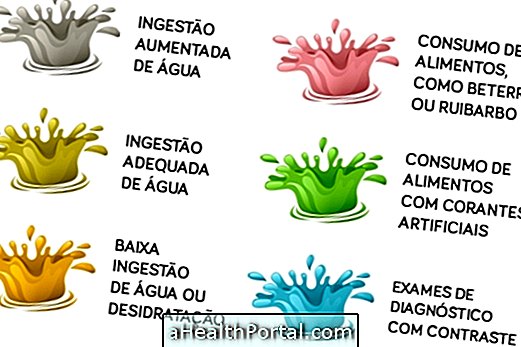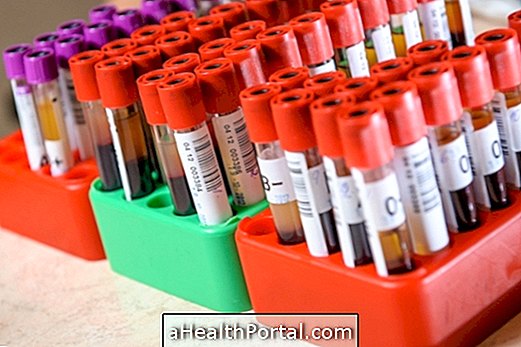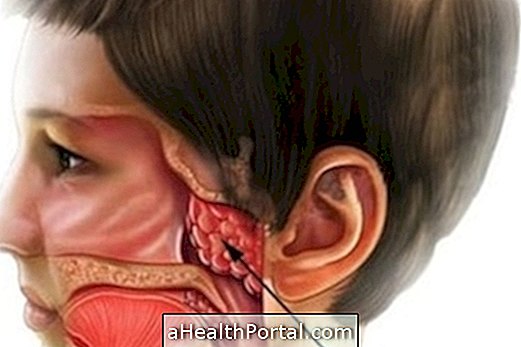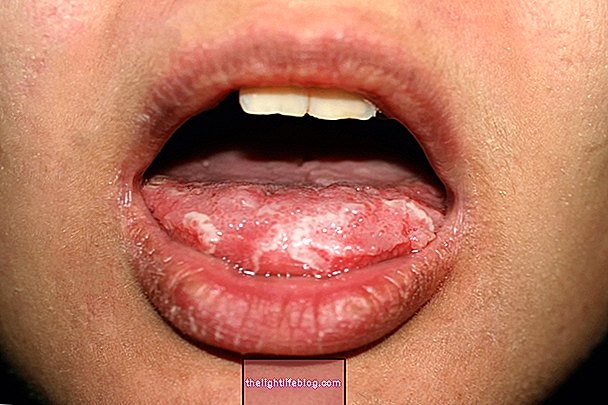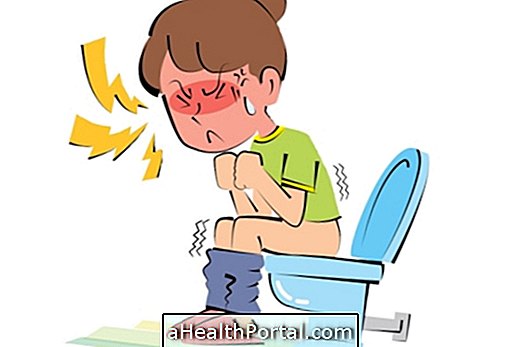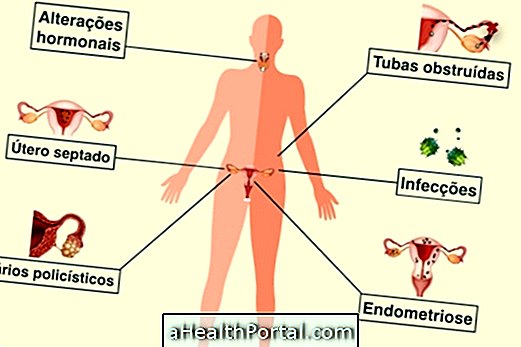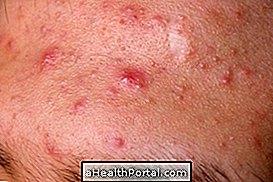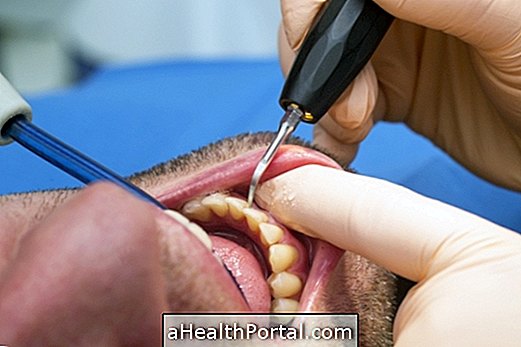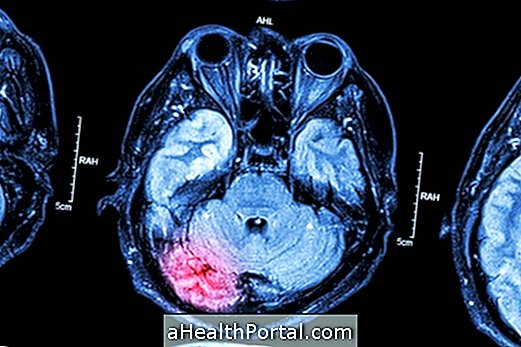The lymph nodes are small glands belonging to the lymphatic system, which are scattered throughout the body and are responsible for filtering the lymph, collecting viruses, bacteria and other organisms that can cause disease. Once in the lymph nodes, these microorganisms are eliminated by the lymphocytes, which are important defense cells of the organism.
Thus, lymph nodes are essential for each person's immune system, helping to prevent or combat infections such as flu, tonsillitis, ear infections or colds. In rare cases, the frequent presence of inflamed lymph nodes may even be a sign of cancer, especially lymphoma or leukemia.
Although most of the time, the lymph nodes can not be palpated or felt when they are battling an infection, they increase in size, they become swollen and in these cases they can be felt near the region where the infection is occurring. Understand what can lead to inflammation of the lymph nodes.
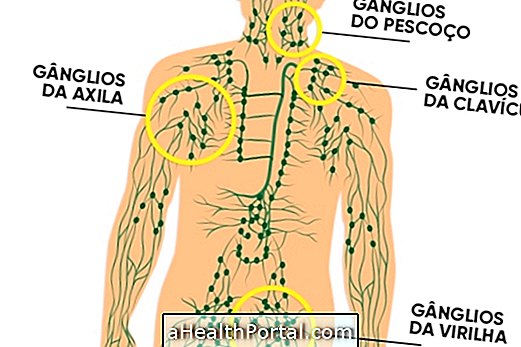
Where are the lymph nodes
The ganglia can be found individually or in groups, scattered throughout various regions of the body. However, the highest concentration of these glands occurs in places such as:
- Neck : are more concentrated on the sides of the neck, becoming swollen when there is inflamed throat or an infection in a tooth, for example;
- Clavicle : usually increased due to infections in the lungs, breasts or neck;
- Armpits : When inflamed, it may be a sign of an infection in the hand or arm or indicate more serious problems such as breast cancer;
- Groin : they appear inflamed when there is an infection in the leg, the foot or in the sexual organs.
When one of these groups of nodes is trying to fight an infection, it is common to feel that the site is sore, hot and with small swellings under the skin.
Most inflamed lymph nodes disappear after 3 or 4 days, when the infection heals, and is therefore not an alarm. However, if they are increased for more than 1 week it is important to consult a general practitioner because they may indicate a more serious problem, such as cancer, which must be identified early and treated.


